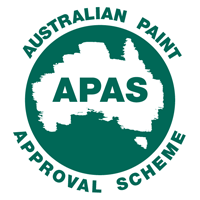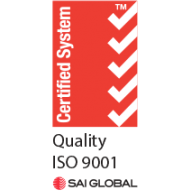Also known as peelable coatings, strippable coatings are non flammable coatings that can be detached easily form the applied surface. They are used in surfaces that require corrosion inhibition and surface protection on a temporary basis. In general, strippable coatings comprise of vapour phase corrosion inhibitors, water-based acrylic polymers, and thixotropic thickeners responsible for their surface protection properties. These coatings are applied mostly by dip, spray, and brush. Owing to their strong cohesive property, these coatings can be easily removed from the surface without breaking.
The global market for peelable coatings has experienced tremendous growth in the recent years. Ease of application, zero VOC content, and easy disposability have played a significant role behind this growth rate. These specially formulated coatings provide an impervious dry film on surfaces that need to be protected from dust and scratches. This is also a cost-effective way to protect the surface of high-quality machine parts from particle contaminants. Optical surfaces such as mirrors and coated lenses often make use of these coatings for the removal of dust and debris and decontamination of radioactive and hazardous materials.
On the basis of resin type, strippable coatings can be categorised as vinyl, acrylic, polyethylene, and cellulosic. Out of these four categories, vinyl strippable coatings are most commonly used. In addition to mirrors and lenses, these peelable coatings are used extensively for protecting enamel surfaces, aluminium, bright steels, and precision tools. After spraying these coatings in thickness of 30-40 mils, the surface is dried to form a protective, rubbery film. Compared to other strippable coating categories, vinyl strippable coatings require less time for drying and curing. Therefore, it is considered to be suitable as a fast method of protection during shipment and storage. Moreover, even after years of protective service, these coatings can be removed very easily. This is why peelable vinyl coatings are extremely popular in protection of ships, tanks, aircrafts, spray booths, etc.
Cellulosic strippable coatings are also gaining popularity these days, for hot dip applications where it is necessary to withstand temperatures above 177 degrees centigrade. With coating thickness varying between 100 and 200 mils, they are used mostly to protect aluminium and steel components from corrosion in automotive industry. Owing to the presence of mineral oil, the tensile strength of cellulosic strippable coatings is extremely high.
Strippable coatings can also be categorised in terms of the technology utilised. The most common categories include water based, hot-melt, and solvent based. The water based category contains 75% of water along with solvents such as castor oil, glycol ethers, and pentaerythritol ethoxylate in small quantities. With zero volatile organic content (VOC), these coatings are environment friendly. Some other advantages of water based strippable coatings are resistance to temperature, excellent elasticity, better pigmentation, and high-gloss. Hot melt coatings are also growing in popularity for protecting cutting tools like gears, blades, and gages from rusting during storage.
At A&I Coatings, we have a range of strippable coatings suitable for most of the non-porous surfaces such as metal, porcelain, fibreglass, glass, powder coated finishes, etc. Please contact our experts today to find out more.





